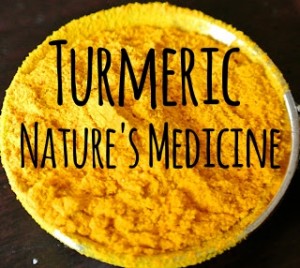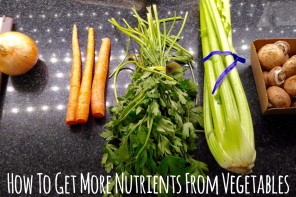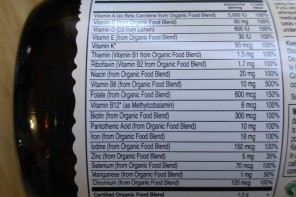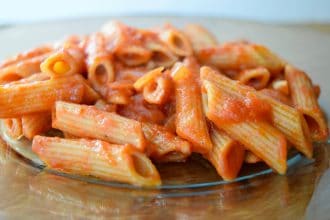Turmeric… Oh I love you so… A dash of this spice can give the most boring dishes a new level of depth in flavor. This versatile spice is a major ingredient in Indian cuisine as well as the source of table mustard’s yellow color. And yet it is so much more…
The ground spice comes from the roots of the turmeric plant which is a relative of ginger. In fact, the roots look rather similar, with turmeric differing because of its gold color. The roots are boiled, dried in an oven and then ground into a powder. It grows in South Asia so it is a very common spice in places such as India, Thailand, and Indonesia. In India, this sacred spice is also used in religious ceremonies and weddings.
But turmeric is not limited to culinary or sacred uses, it’s cosmetic and health benefits are starting to gain spotlight around world. It has been used for centuries in India, as a part of Ayurvedic medicine, to improve the skin. Cosmetically, turmeric is beneficial due to it’s anti-inflammatory characteristics as well as to it’s color staining qualities. When applied to the skin, it leaves a temporary golden glow. I use it in my face masks and it works wonders on calming my skin. And there is talk among researchers that antioxidant and anti-aging factors are major players in this spice as well.
When eaten or taken internally, the benefit list keeps growing. The main component in turmeric is curcumin, which may the reason for turmeric’s health benefits. But as is the case with most nutrients, they are better when taken wholly with food as opposed to separated into supplements and pills. Nature has already spent the time perfecting the way nutrients work together as a whole in plants. When the body is absorbing the nutrients, it is much easier for it to perform the natural digestion of plants when the nutrients have already been strategically placed together. For example, vitamin D helps the absorption of calcium. But when pills and supplements are taken, the body has trouble absorbing them because it has adapted to digesting food, not pills. So, long story short, eating turmeric rather than taking curcumin pills is probably best. And if you want to take it one step further, eating turmeric with black pepper enhances absorption (due to the chemical piperine in pepper).
Anyways, here is a list of turmeric/curcumin benefits:
- it slows skin cancer and melanoma as well as slows the spread of breast cancer into the lungs
- it is proving to be an effective treatment of some types of arthritis, improving joint function
- aspects of turmeric, not curcumin, have anti-fungal and anti-microbial characteristics
- it weakens cancer cells, making the body more receptive to chemotherapy and radiation
- reduces the risk of childhood leukemia
- serves as a natural liver detoxifier
- speeds wound healing
- is an incredible anti-inflammatory
- may prevent and slow Alzheimer’s disease
- also being studied as effective against multiple sclerosis, pancreatic cancer, multiple myeloma, and as an agent that prevents new blood vessel growth in tumors
And this is just a short list of the health benefits of turmeric that are currently being studied and validated around the world.
Taking a look at the wonderful aspects of turmeric, I am in no way surprised that it is used in religious ceremonies or that it has been a prized spice for centuries. The best part of it all? Nature’s health-packed spice is delicious, adding depth and flavor to TONS of dishes. If you are particularly fond of the taste of turmeric, you can use it to make tea. On the island of Okinawa, the people drink TONS of turmeric tea. And it so happens to be the place with the longest average life span (81.2 years).
Turmeric Tea:
Add one teaspoon of turmeric to four cups of boiling water. Let simmer for ten minutes. Strain the tea and enjoy with lemon or honey or even ground ginger.
So experiment! See how turmeric can benefit a recipe, or how it can boost a face mask, or how it helps ease the swelling of joints, or even how it may help minor scrapes from getting infected. Yet another amazing medicine made by nature.






